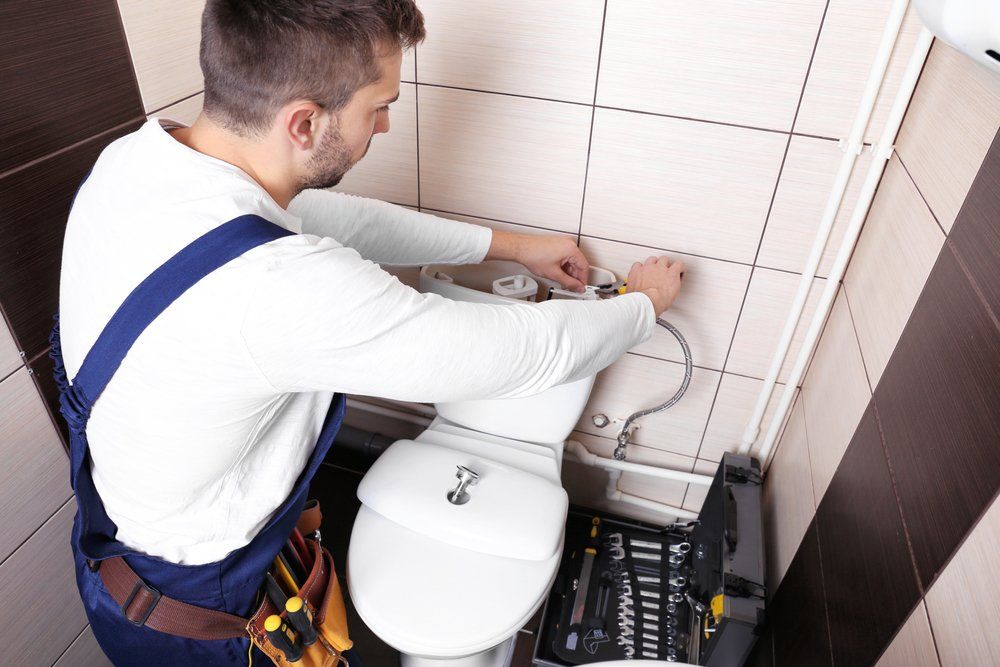Why Does My Toilet Require Multiple Flushes to Empty?
Why Does My Toilet Require Multiple Flushes to Empty?
Having problems with your toilet can be frustrating. They can be embarrassing, too. For example, the last thing you want is for guests to have to flush multiple times to empty the toilet. One flush should be enough. So why isn't it? Why does it take two or three flushes to get everything down the drain?

Mechanically speaking, there isn't much to a toilet. When you depress the toilet handle, it opens a flapper which then allows all the water stored in the tank to flow into the bowl. The weight and pressure of the water forces the contents of the bowl downward and into the sewer.
If your toilet requires multiple flushes to completely empty its contents, the culprit is almost always one of the following:
· Poor toilet design
· Insufficient water
· Worn-out flapper
· Clogged flow holes
· Partially clogged drain.
Let's look at these five possibilities in a little more detail.
1. Poor Toilet Design
As plumbers in the Salt Lake City, Utah area, we have seen plenty of poorly designed low-flow toilets. Low-flow toilets are supposed to save water. They do, when they work as they should. However, a poorly designed low-flow toilet might require multiple flushes to completely empty. In such cases, you are not reducing water usage. You might even be using more water with multiple flushes. The only solution is to replace the toilet.
2. Insufficient Water Supply
The amount of water in the tank makes a difference. If there isn't enough water, there may not be enough weight or pressure to completely empty the contents of the toilet bowl. An easy way to check this is to take the top off the tank look at the water line. When the tank is full, the water level should be up to the maximum water line mark on the inside of the tank. If it is not reaching that mark, adjusting the fill valve float should do the trick.
3. Worn-Out Flapper
The flapper is the rubber gasket that prevents water from escaping the tank when you're not flushing. Over time, flappers wear out, which allows water to continually drain from the tank. The result is not enough pressure released at flush to completely empty the contents of your toilet bowl. You can fix this problem by replacing the flapper. It is easy to do with any standard flapper purchased from a hardware store. You don't need a plumber for this one.
4. Clogged Flow Holes
There are a series of holes in the top of the toilet bowl, just under the rim. You generally can't see them unless you bend down to look for them. At any rate, if mineral deposits partially clog these holes, water will not flow through fast enough to give you a good flush. How do you tell? Flush the toilet and pay attention to how water flows into the bowl. If it flows straight down and/or unevenly around the bowl, one or more holes is partially impaired by mineral buildup.
5. Partially Clogged Sewer Line
Finally, your toilet can only flush with as much force as the sewer line allows. If it is partially clogged, water cannot flow fast enough to completely empty your toilet bowl. You can solve this problem with either a plunger or plumbing snake. If need be, a licensed plumber can come in and clean out the sewer line for you.
A toilet requiring multiple flushes can be a hassle. Thankfully, fixing the problem is not hard. This is one of the more routine plumbing fixes in a typical home.
